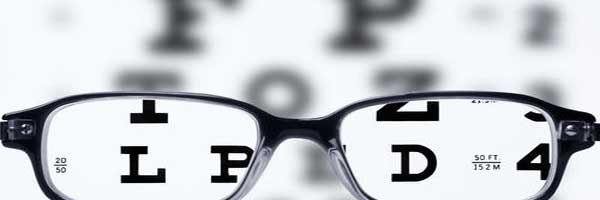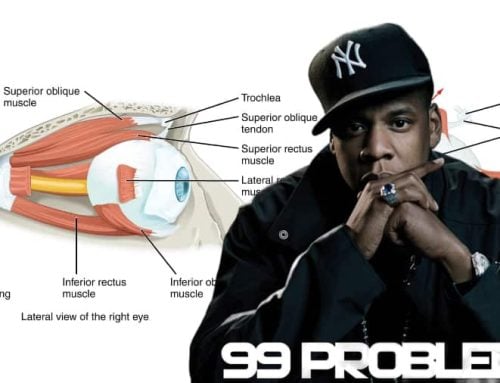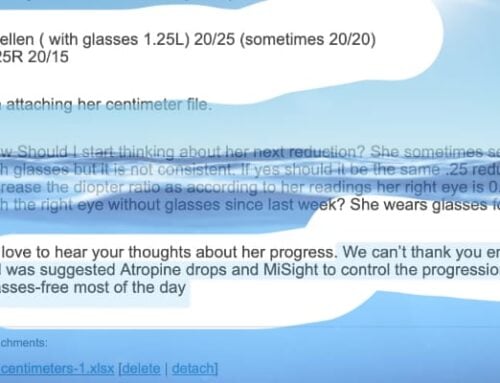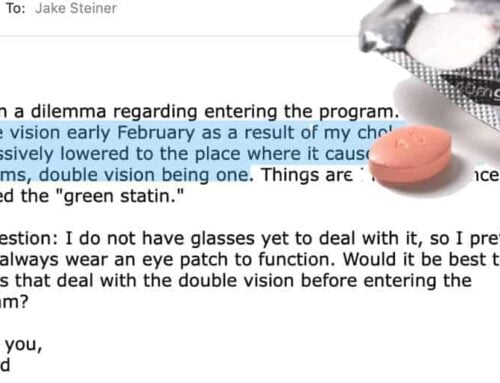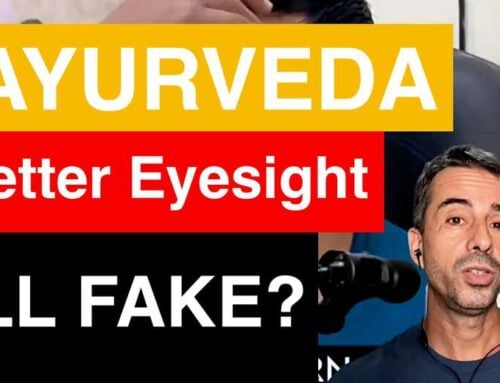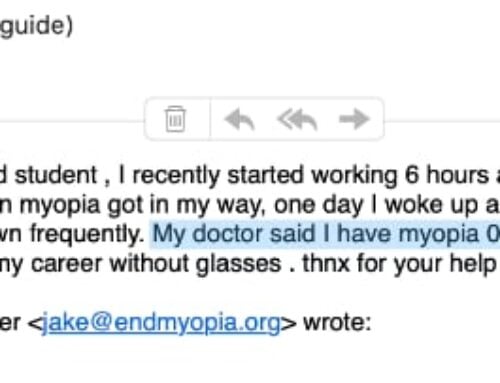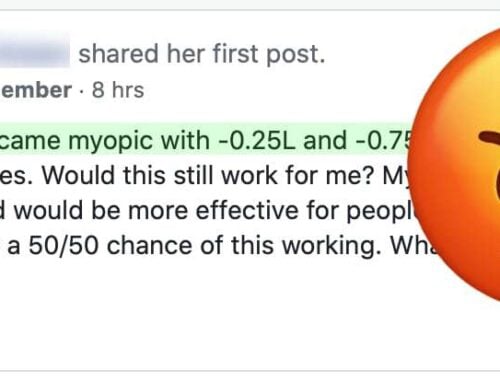“When I started practice, Animal models showed you could change the axial length by putting certain lenses on the eyes. The peripheral portion was found to regulate growth.” And if by “certain lenses”, we mean the ones you’re wearing right now, for old timey myopia control treatment. Above, straight from the horse’s mouth. This is actually a bit of cheat post, having just spent the past 14 hours on a night train, sleeplessly, and since then riding around on rented scooters and visiting friends. For once I’m a bit low on writing energy and topics, go figure! So since it’s simple, we’ll just repeat it here: It’s not a question of whether it’s real or not, glasses causing myopia. It’s just a question whether or not your optometrist is educated in matters of current day clinical science. Practicing, licensed, mainstream optometrists do tell it how it is, if you can find the right ones. And if you’re even luckier, you can find one who’ll let you have some reduced prescription lenses. Save your eyes from some progressive myopia. And if you’re even luckier yet, you’ve gone way past that basic epiphany, and realize that the stimulus that causes axial change actually goes both ways. The people who’ll tell you that this is conjecture and not yet properly channeled, are the same ones that told you that glasses don’t cause myopia, for the past few decades. Cheers, get away from that screen for a bit! Heads up: The next few days may be a bit more variable than even usual, as far as new post quality. This unexpected trip isn’t turning out as work friendly as I’d hoped! ;) -Jake
[the cause of myopia] was genetic or due to a near environment,” Jeffrey Cooper, MS, OD, FAAO, said. “It was one or the other. Early experimentation showed that (in animals), if the eye was occluded, the axial length grew.

